Dusky Wrasse
$39.99
-
Select Variant
The Dusky Wrasse is a relatively undiscovered beauty because of its occasional appearance within the aquarium trade. The Dusky Wrasse represents members of the Halichoeres Genus, showing the ability to be sociable once it is acclimated to the new surroundings. The color of the animal also varies depending on the age and gender that the dusky wrasse has. Females and juveniles exhibit soft coloration which contrasts against the dazzling male's mating coloration.
Males of the adult Dusky Wrasse is truly a "peacock" with a spectrum of vibrant colors which shine through a mostly dusky blue hue. A jewel-like coloration of orange and red highlights the striking green crescent pattern on the base of the caudal fin. The sunny yellow undertone highlights the front of male dusky wrasse, to stunning effect.
The ideal setting to house the Dusky Wrasse will be an established saltwater aquarium that is around 75 gallons and aquascape, with live rock. Include a wide area of open substrate, as well as areas that are open to swim in. A layer of sand about 2 inches deep provides a safe haven while it digs its way into the sand during the evening, or when it is scared. Place the Dusky Wrasse among other peaceful wrasses like their own kind.
The food of Dusky Wrasse includes benthic invertebrates. As such huge, hungry Dusky Wrasse consume pyramidellid snails and fireworms, guarding corals and clams against the harmful invertebrates. The Dusky Wrasse can also consume parasites from tank mates. Although this fervent attraction to invertebrates may be advantageous, remember that the Dusky Worm cannot distinguish from "undesirable" or "desirable" invertebrates. If an opportunity presents itself it is likely that the Dusky Wrasse is likely to take a bite of "desirable" decorative invertebrates, such as shrimp, fan worms, and other crustaceans that are in the aquarium at home. The Dusky Wrasse will typically not hurt sessile invertebrates like soft corals or hard corals.
The diet of the Dusky Worasse should include frozen mysis shrimp and brine shrimp that is vitamin-enriched and frozen. It is believed that the Dusky Wrasse species is an active forager and requires frequent small feeding throughout the day.
Approximate Size of Purchase: Small: 1-1/2" to 2"; Medium: 2" to 3"; Large: 3" to 4-1/2".
- Description
- Additional Information
- Reviews
Information on Dusky Wrasse
The Dusky Wrasse is a comparatively undiscovered beauty because of its occasional appearance in the aquarium trade. The Dusky Wrasse represents members of the Halichoeres family, showing a lot of the ability to be gregarious once it is accustomed to its new habitat. In the same way, coloration can vary greatly according to age and gender. Juveniles and females exhibit soft coloration which stands out against the stunning beauty of a male with mating colors. Males of adulthood Dusky Wrasse is a real peacock that has a range of colors that shine through a predominant blue dusky coloration. Colors of jewel-like orange and red contrast with the striking green crescent pattern on the bottom of the caudal fin. A bright yellow undertone in the sun illuminates the front of the dusky, creating a stunning impact. The best setup that will benefit the Dusky Wrasse is an existing saltwater aquarium that is well-established and has live rock. Include a vast space of open substrate along with open areas to swim. A sandy bottom of about 2 inches deep is a good place for those who hide at night or when scared. Place the Dusky Wrasse among other peaceful tank mates like its species.
size
Large, Medium, Small
Units
1
Weight
6 lbs
Dimensions
1 × 1 × 1 in

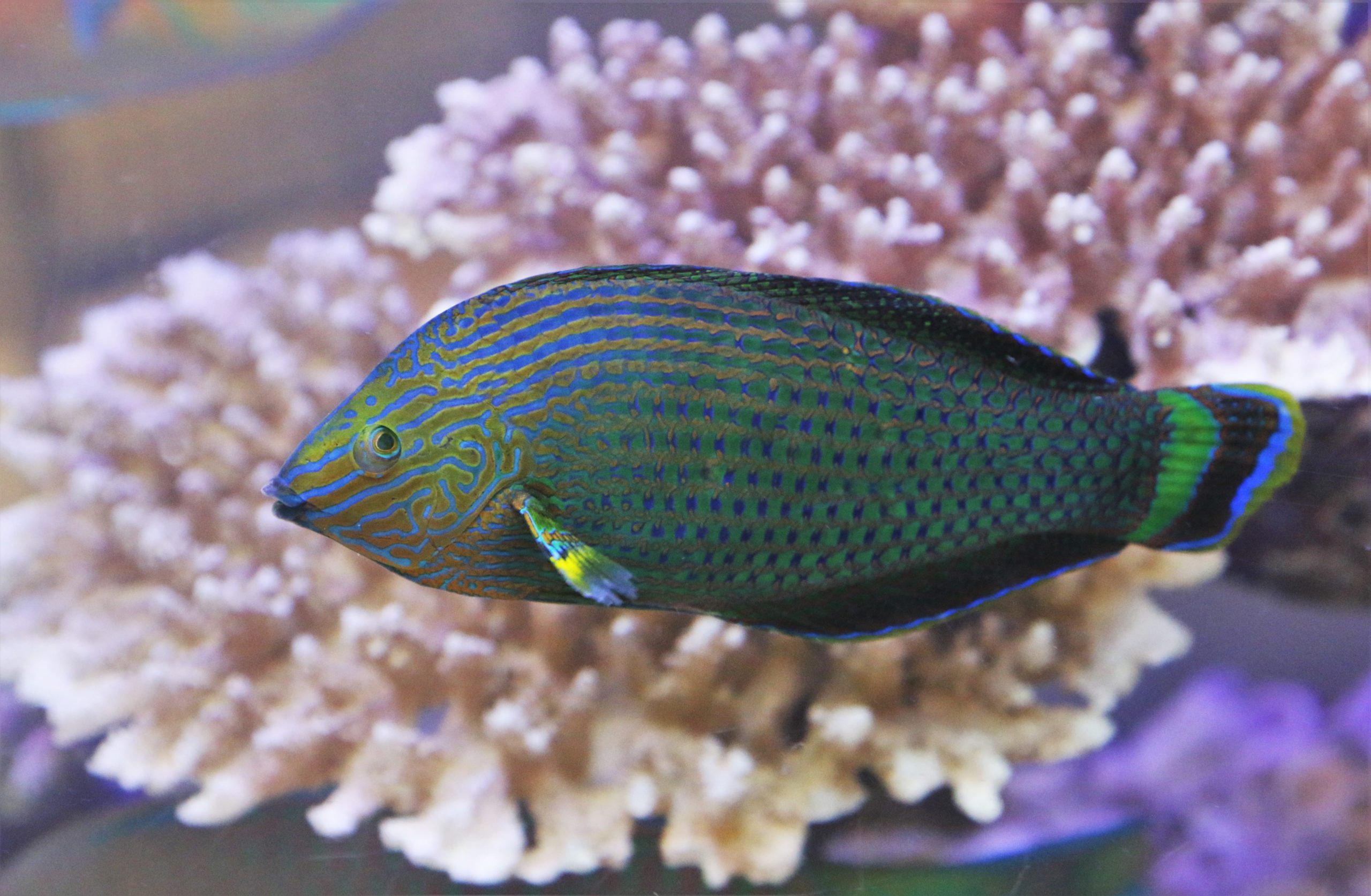
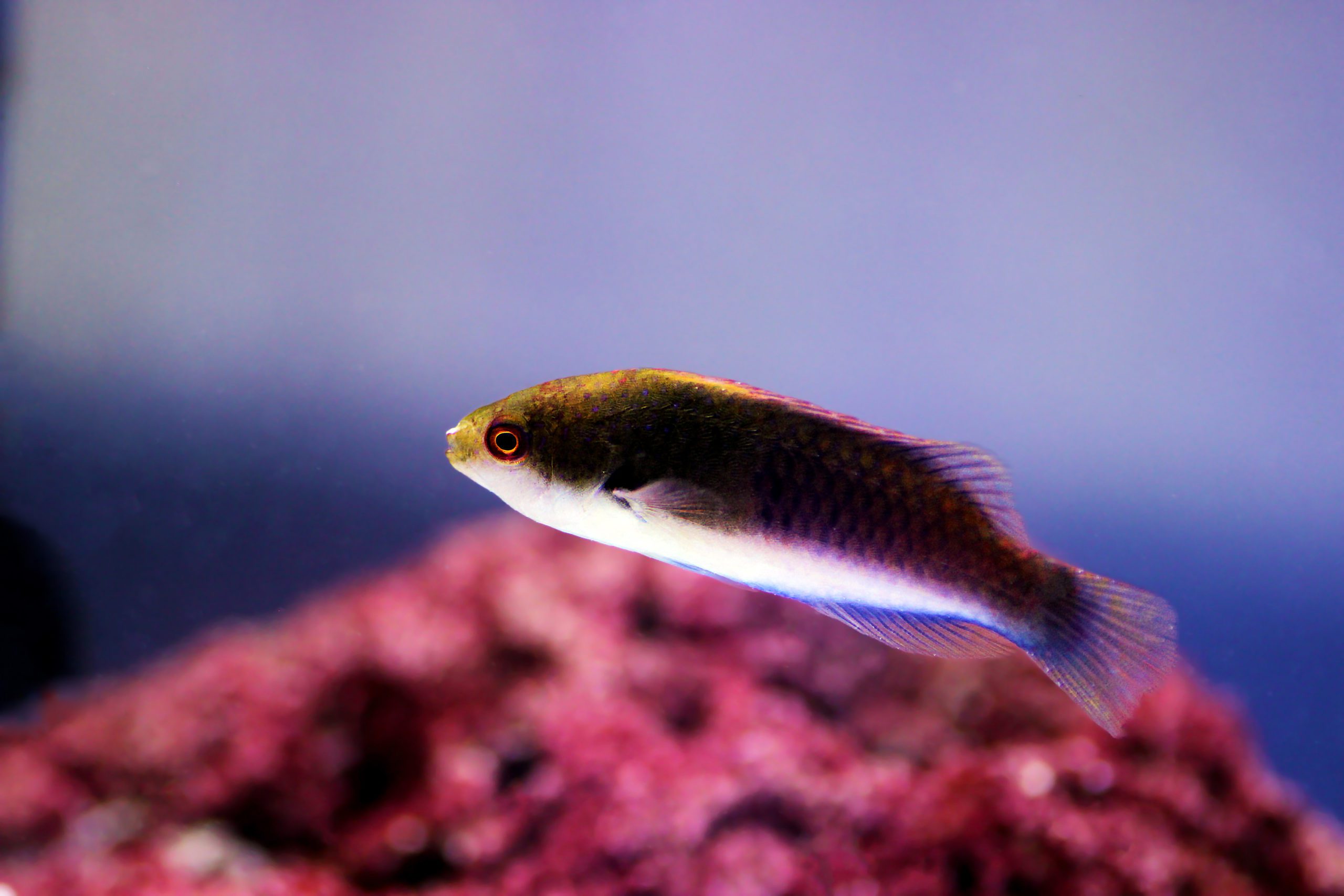
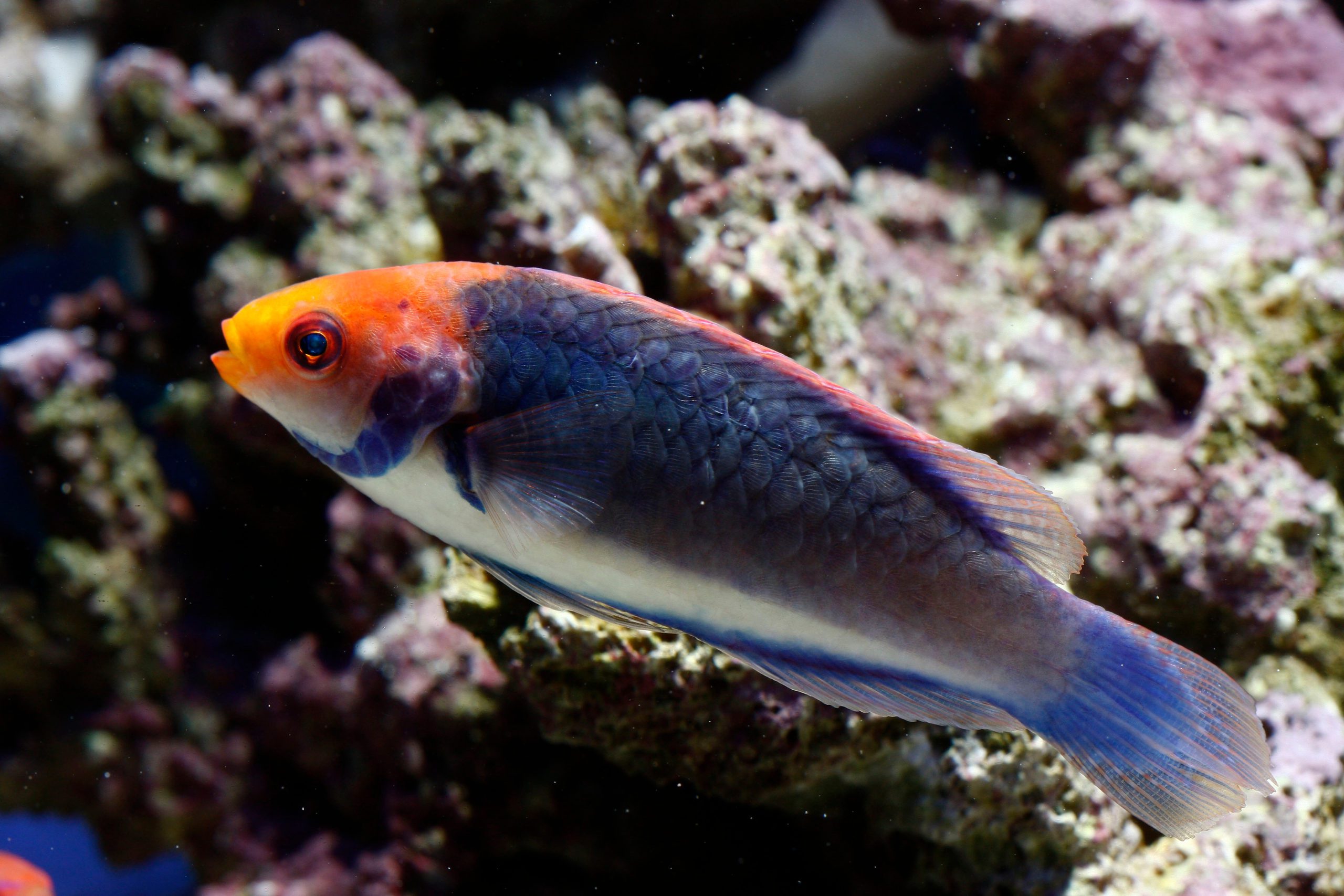
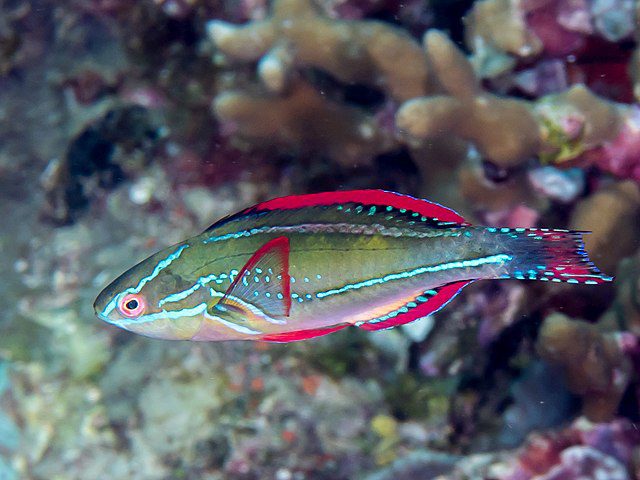
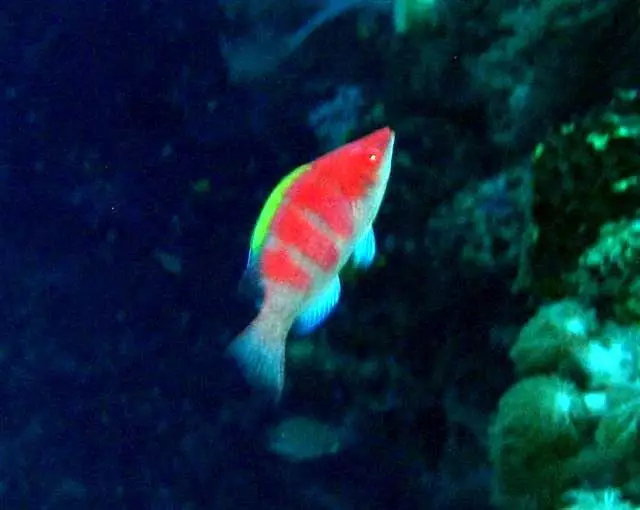
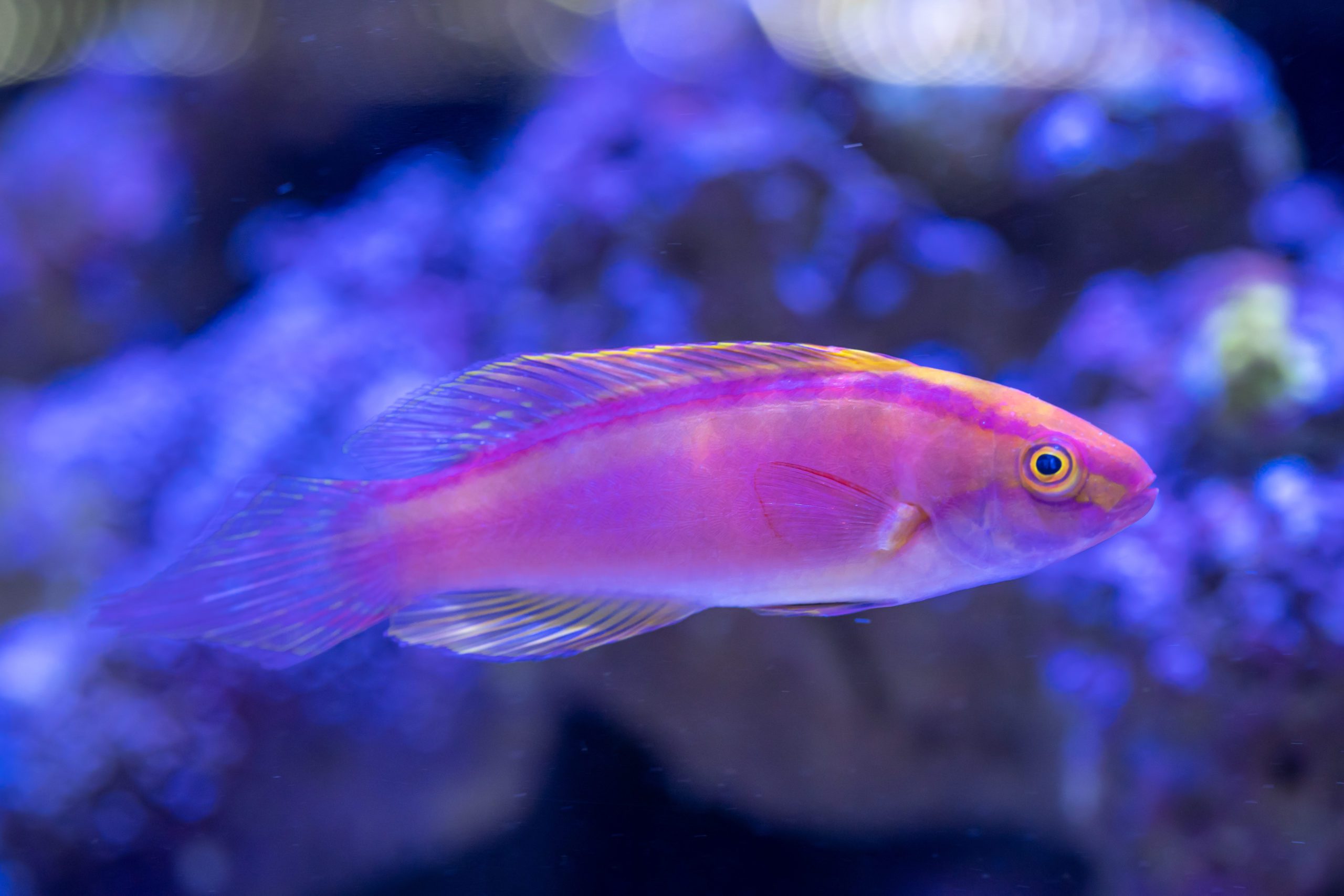
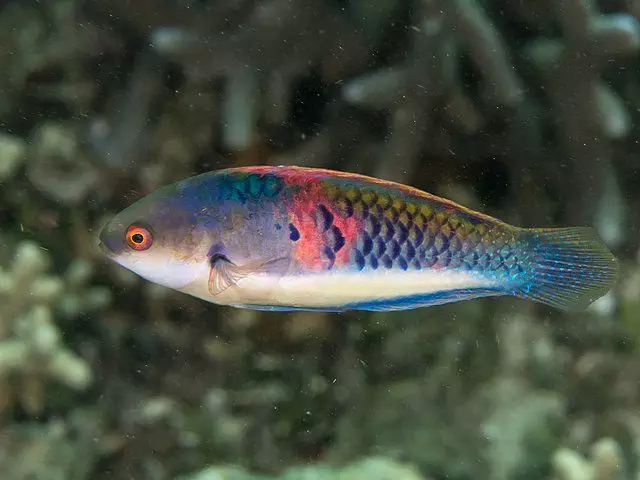
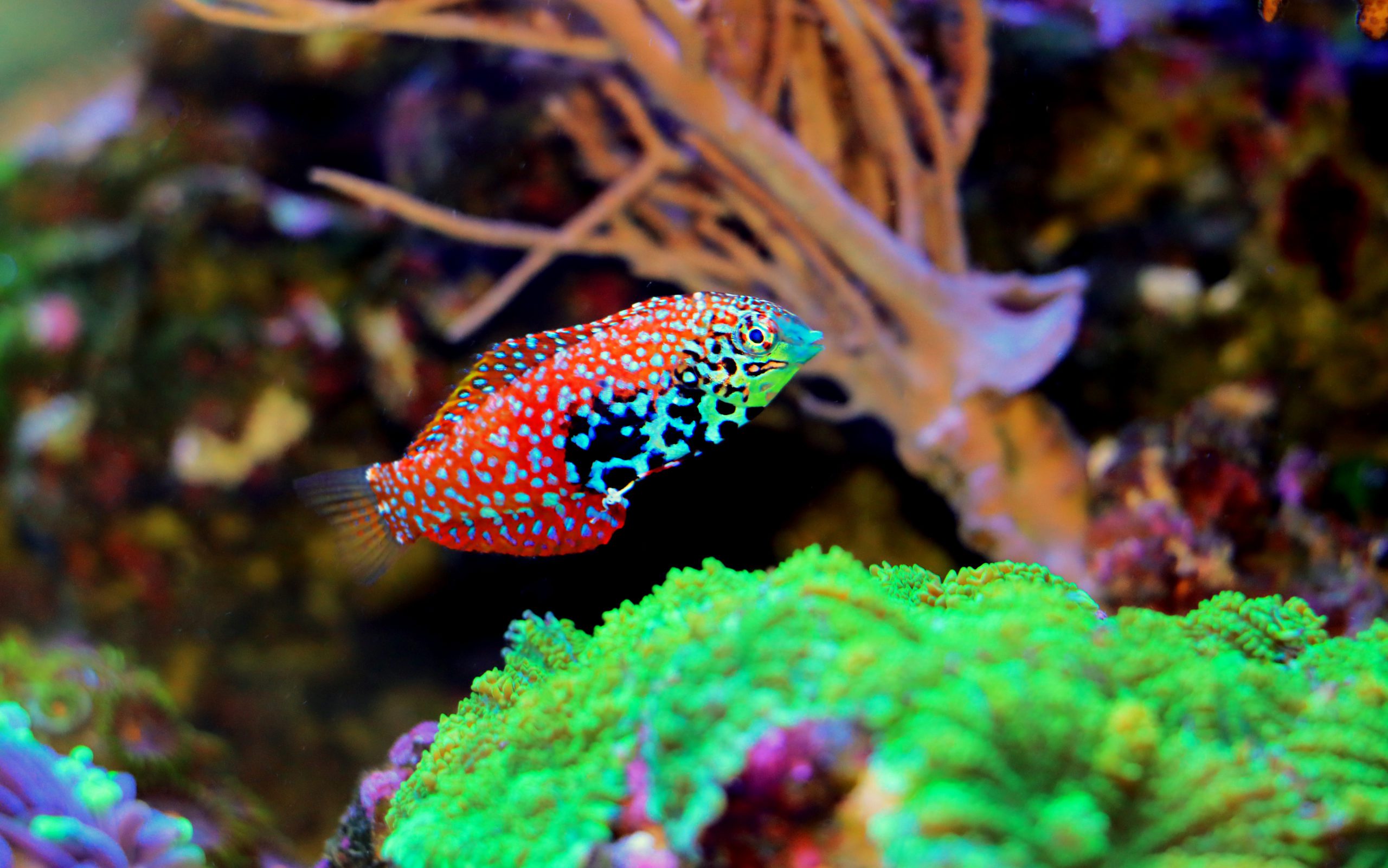


Reviews
There are no reviews yet.